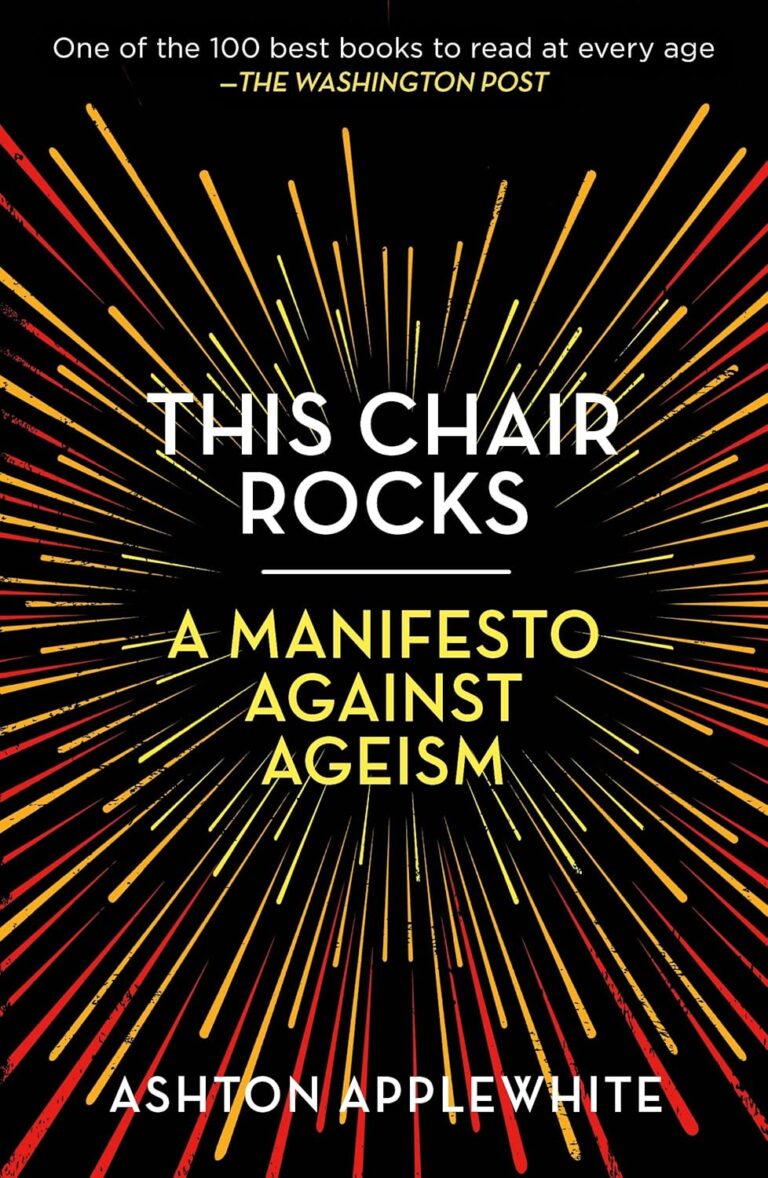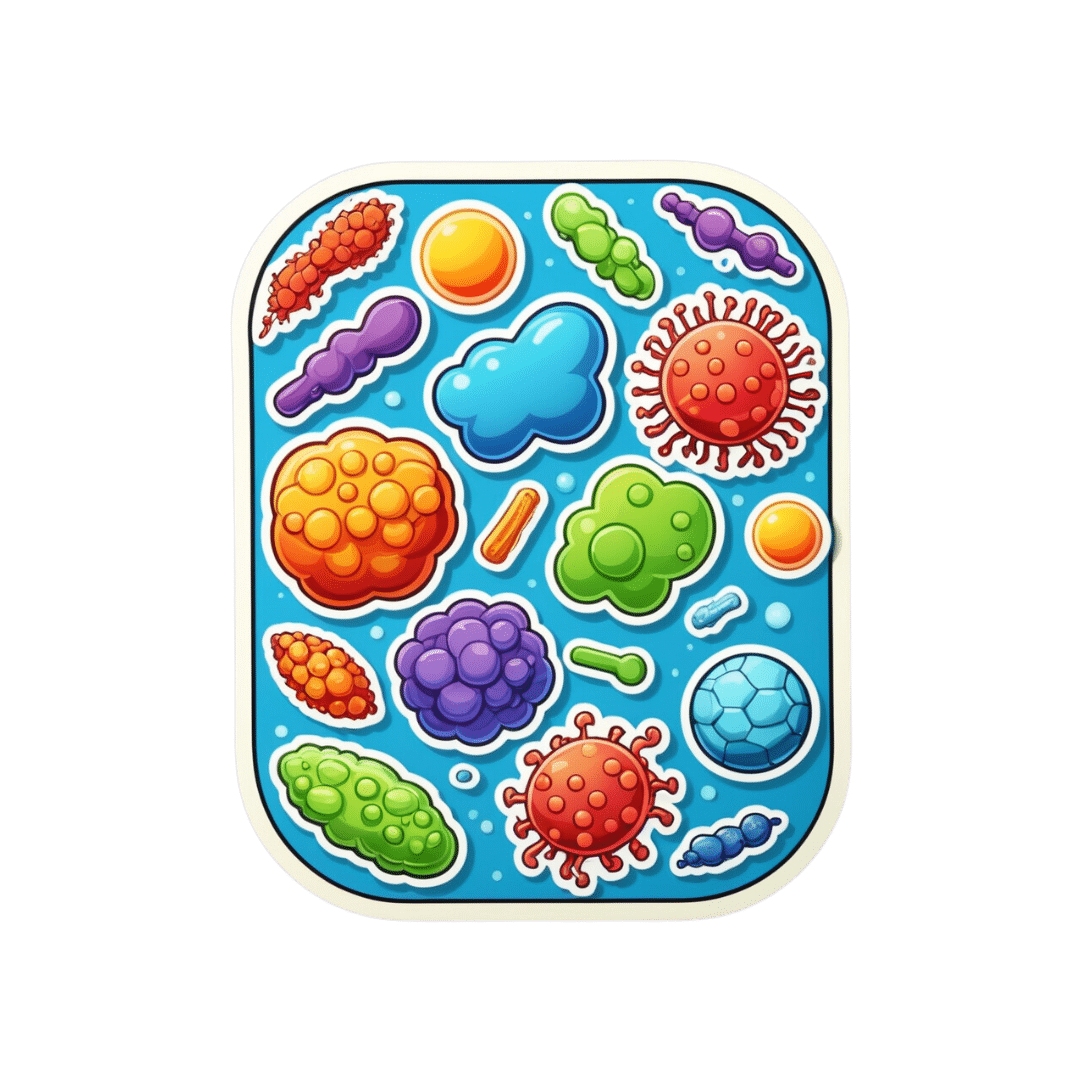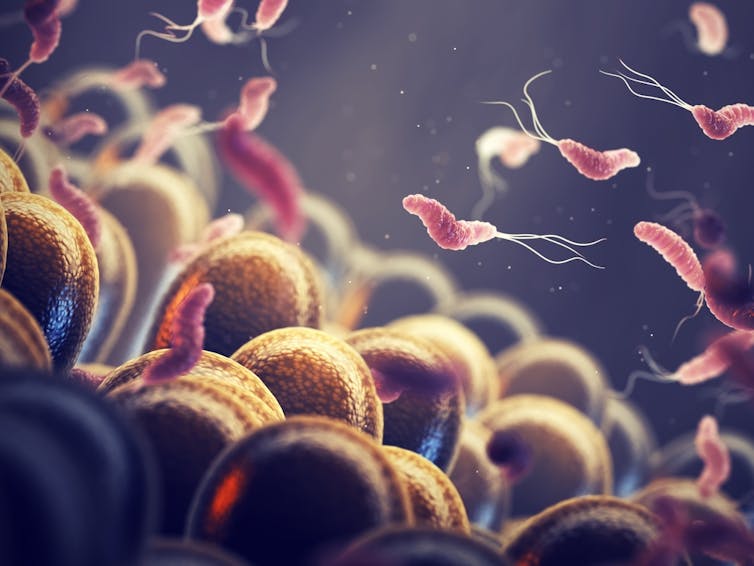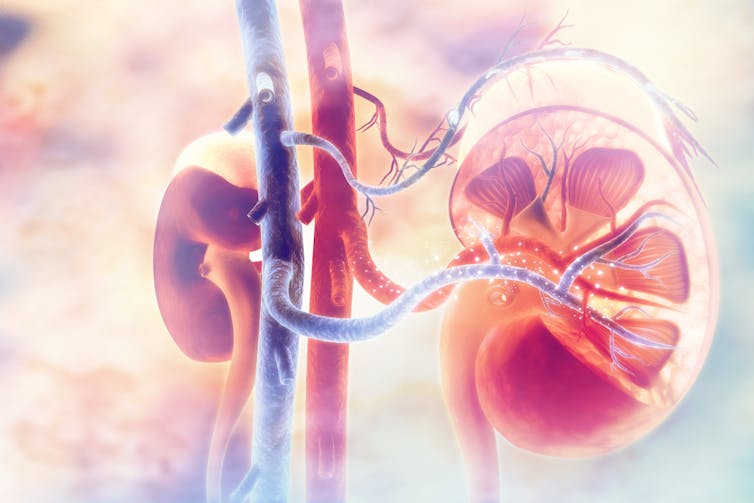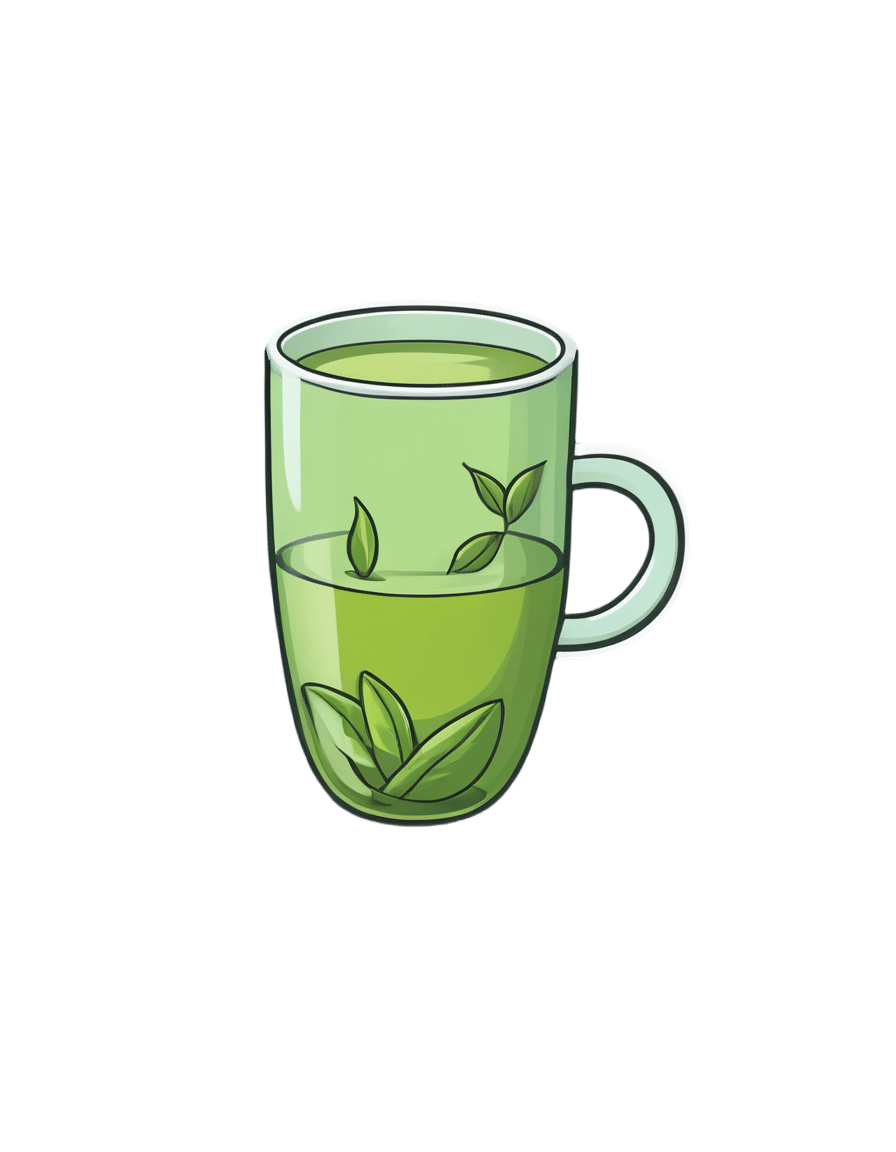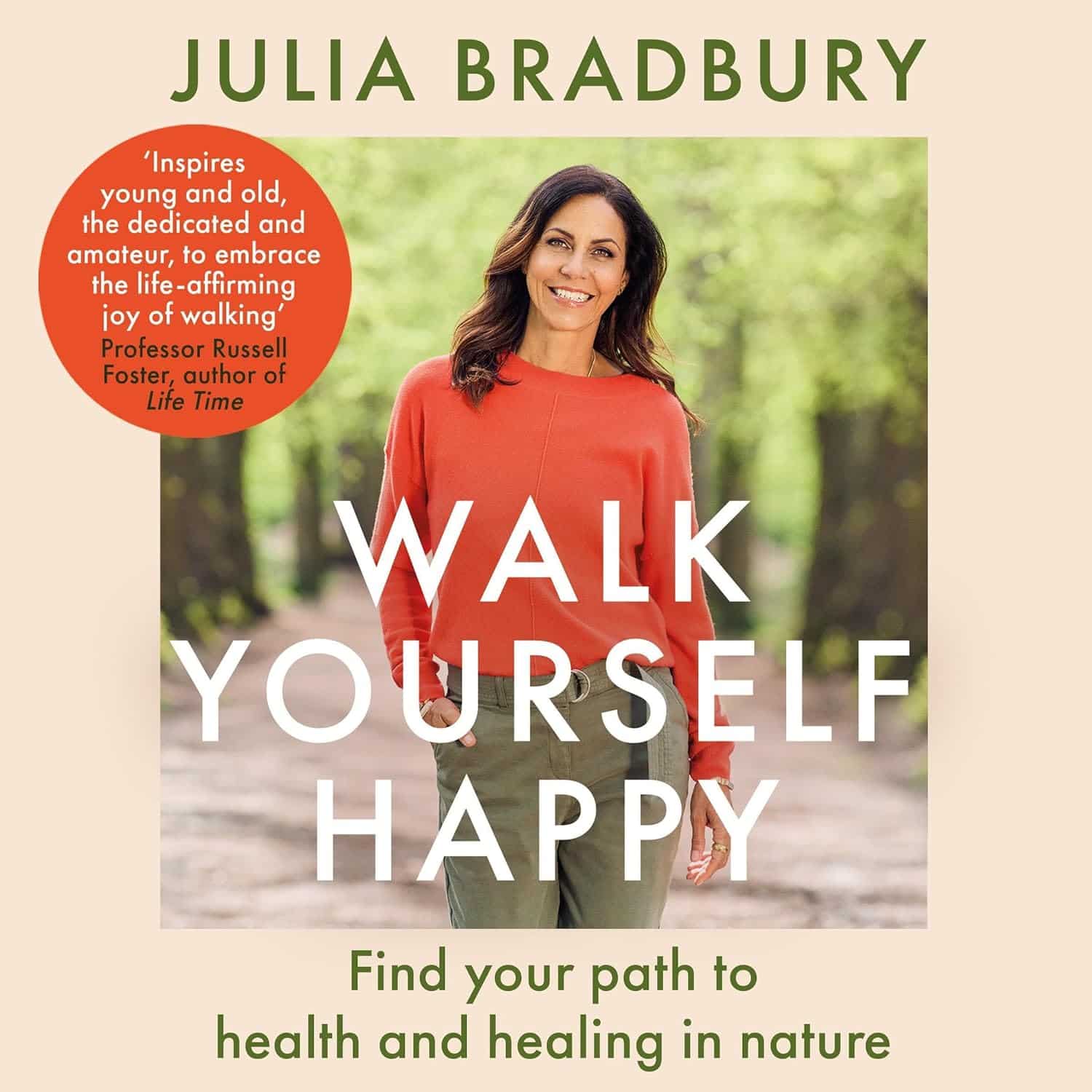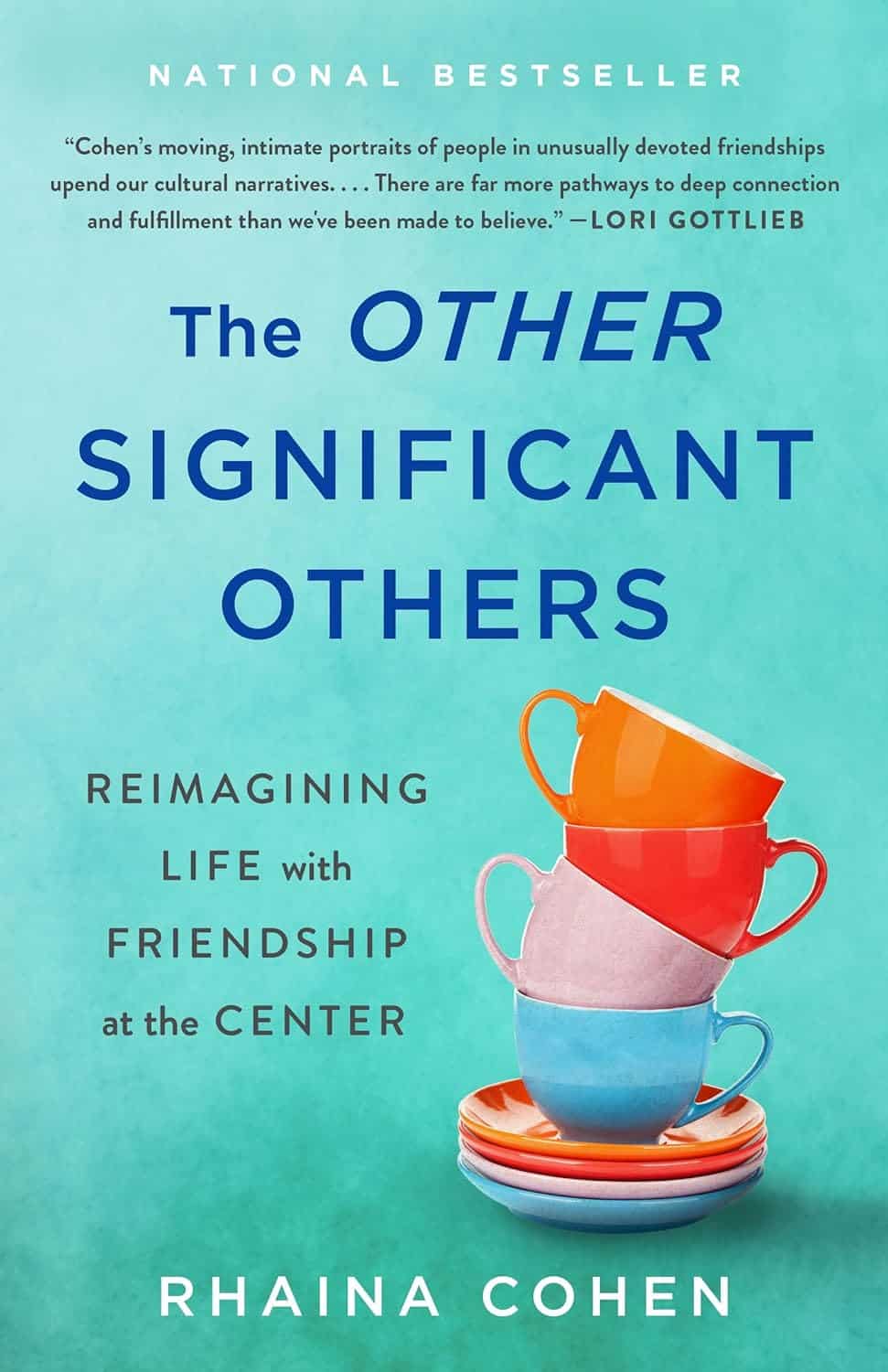
The Other Significant Others – by Rhaina Cohen
10almonds is reader-supported. We may, at no cost to you, receive a portion of sales if you purchase a product through a link in this article.
As we get older, it’s a function of statistics that increasingly many of us are divorced or widowed. While some will—after whatever time seems right to them—get back into dating, what about those of us who decide that we won’t?
Rhaina Cohen explores the importance of friendship, mutual support, and (Platonic!) closeness and yes, even kinds of intimacy (for that too can be Platonic!) as we go on.
Even from a purely evolutionary approach, we are fundamentally social creatures, and while as individuals we may exist on a spectrum from reclusive to extroverted, we all thrive better when we at least have access to community and friends.
The style of the book is easy-reading and exploratory, and is very compelling as a call-to-arms for those who may wish to give/receive support to/from those with whom we are not necessarily sleeping.
Because at the end of the day, why should sex and/or romance be a required feature for legal protections? Aren’t we adults who can make our own decisions about whom we trust to care for us?
Bottom line: if you’re happily partnered and expect to pre-decease your partner, this book might not be directly important for you (it might for your partner, though). Everyone else? This book may be important at some point. That point might even be now already; only you know.
Click here to check out The Other Significant Others, and make your own choices in life!
Don’t Forget…
Did you arrive here from our newsletter? Don’t forget to return to the email to continue learning!
Recommended
Learn to Age Gracefully
Join the 98k+ American women taking control of their health & aging with our 100% free (and fun!) daily emails:
-
Which gut drugs might end up in a lawsuit? Are there really links with cancer and kidney disease? Should I stop taking them?
10almonds is reader-supported. We may, at no cost to you, receive a portion of sales if you purchase a product through a link in this article.
Common medicines used to treat conditions including heartburn, reflux, indigestion and stomach ulcers may be the subject of a class action lawsuit in Australia.
Lawyers are exploring whether long-term use of these over-the-counter and prescription drugs are linked to stomach cancer or kidney disease.
The potential class action follows the settlement of a related multi-million dollar lawsuit in the United States. Last year, international pharmaceutical company AstraZeneca settled for US$425 million (A$637 million) after patients made the case that two of its drugs caused significant and potentially life-threatening side effects.
Specifically, patients claimed the company’s drugs Nexium (esomeprazole) and Prilosec (omeprazole) increased the risk of kidney damage.
Doucefleur/Shutterstock Which drugs are involved in Australia?
The class of drugs we’re talking about are “proton pump inhibitors” (sometimes called PPIs). In the case of the Australian potential class action, lawyers are investigating:
- Nexium (esomeprazole)
- Losec, Asimax (omeprazole)
- Somac (pantoprazole)
- Pariet (rabeprazole)
- Zoton (lansoprazole).
Depending on their strength and quantity, these medicines are available over-the-counter in pharmacies or by prescription.
They have been available in Australia for more than 20 years and are in the top ten medicines dispensed through the Pharmaceutical Benefits Scheme.
They are used to treat conditions exacerbated by stomach acid. These include heartburn, gastric reflux and indigestion. They work by blocking the protein responsible for pumping acid into the stomach.
These drugs are also prescribed with antibiotics to treat the bacterium Helicobacter pylori, which causes stomach ulcers and stomach cancer.
This class of drugs is also used with antibiotics to treat Helicobacter pylori infections. nobeastsofierce/Shutterstock What do we know about the risks?
Appropriate use of proton pump inhibitors plays an important role in treating several serious digestive problems. Like all medicines, there are risks associated with their use depending on how much and how long they are used.
When proton pump inhibitors are used appropriately for the short-term treatment of stomach problems, they are generally well tolerated, safe and effective.
Their risks are mostly associated with long-term use (using them for more than a year) due to the negative effects from having reduced levels of stomach acid. In elderly people, these include an increased risk of gut and respiratory tract infections, nutrient deficiencies and fractures. Long-term use of these drugs in elderly people has also been associated with an increased risk of dementia.
In children, there is an increased risk of serious infection associated with using these drugs, regardless of how long they are used.
How about the cancer and kidney risk?
Currently, the Australian consumer medicine information sheets that come with the medicines, like this one for esomeprazole, do not list stomach cancer or kidney injury as a risk associated with using proton pump inhibitors.
So what does the evidence say about the risk?
Over the past few years, there have been large studies based on observing people in the general population who have used proton pump inhibitors. These studies have found people who take them are almost two times more likely to develop stomach cancer and 1.7 times more likely to develop chronic kidney disease when compared with people who are not taking them.
In particular, these studies report that users of the drugs lansoprazole and pantoprazole have about a three to four times higher risk than non-users of developing chronic kidney disease.
While these observational studies show a link between using the drugs and these outcomes, we cannot say from this evidence that one causes the other.
Researchers have not yet shown these drugs cause kidney disease. crystal light/Shutterstock What can I do if I’m worried?
Several digestive conditions, especially reflux and heartburn, may benefit from simple dietary and lifestyle changes. But the overall evidence for these is not strong and how well they work varies between individuals.
But it may help to avoid large meals within two to three hours before bed, and reduce your intake of fatty food, alcohol and coffee. Eating slowly and getting your weight down if you are overweight may also help your symptoms.
There are also medications other than proton pump inhibitors that can be used for heartburn, reflux and stomach ulcers.
These include over-the-counter antacids (such as Gaviscon and Mylanta), which work by neutralising the acidic environment of the stomach.
Alternatives for prescription drugs include nizatidine and famotidine. These work by blocking histamine receptors in the stomach, which decreases stomach acid production.
If you are concerned about your use of proton pump inhibitors it is important to speak with your doctor or pharmacist before you stop using them. That’s because when you have been using them for a while, stopping them may result in increased or “rebound” acid production.
Nial Wheate, Professor and Director – Academic Excellence, Macquarie University; Joanna Harnett, Senior Lecturer – Sydney Pharmacy School, Faculty of Medicine and Health, University of Sydney, and Wai-Jo Jocelin Chan, Pharmacist and Associate Lecturer, University of Sydney
This article is republished from The Conversation under a Creative Commons license. Read the original article.
Share This Post
-
What you need to know about endometriosis
10almonds is reader-supported. We may, at no cost to you, receive a portion of sales if you purchase a product through a link in this article.
Endometriosis affects one in 10 people with a uterus who are of reproductive age. This condition occurs when tissue similar to the endometrium—the inner lining of the uterus—grows on organs outside of the uterus, causing severe pain that impacts patients’ quality of life.
Read on to learn more about endometriosis: What it is, how it’s diagnosed and treated, where patients can find support, and more.
What is endometriosis, and what areas of the body can it affect?
The endometrium is the tissue that lines the inside of the uterus and sheds during each menstrual cycle. Endometriosis occurs when endometrial-like tissue grows outside of the uterus.
This tissue can typically grow in the pelvic region and may affect the outside of the uterus, fallopian tubes, ovaries, vagina, bladder, intestines, and rectum. It has also been observed outside of the pelvis on the lungs, spleen, liver, and brain.
What are the symptoms?
Symptoms may include pelvic pain and cramping before or during menstrual periods, heavy menstrual bleeding, bleeding or spotting between periods, pain with bowel movements or urination, pain during or after sex or orgasm, fatigue, nausea, bloating, and infertility.
The pain associated with this condition has been linked to depression, anxiety, and eating disorders. A meta-analysis published in 2019 found that more than two-thirds of patients with endometriosis report psychological stress due to their symptoms.
Who is at risk?
Endometriosis most commonly occurs in people with a uterus between the ages of 25 and 40, but it can also affect pre-pubescent and post-menopausal people. In rare cases, it has been documented in cisgender men.
Scientists still don’t know what causes the endometrial-like tissue to grow, but research shows that people with a family history of endometriosis are at a higher risk of developing the condition. Other risk factors include early menstruation, short menstrual cycles, high estrogen, low body mass, and starting menopause at an older age.
There is no known way to prevent endometriosis.
How does endometriosis affect fertility?
Up to 50 percent of people with endometriosis may struggle to get pregnant. Adhesions and scarring on the fallopian tubes and ovaries as well as changes in hormones and egg quality can contribute to infertility.
Additionally, when patients with this condition are able to conceive, they may face an increased risk of pregnancy complications and adverse pregnancy outcomes.
Treating endometriosis, taking fertility medications, and using assistive reproductive technology like in vitro fertilization can improve fertility outcomes.
How is endometriosis diagnosed, and what challenges do patients face when seeking a diagnosis?
A doctor may perform a pelvic exam and request an ultrasound or MRI. These exams and tests help identify cysts or other unusual tissue that may indicate endometriosis.
Endometriosis can only be confirmed through a surgical laparoscopy (although less-invasive diagnostic tests are currently in development). During the procedure, a surgeon makes a small cut in the patient’s abdomen and inserts a thin scope to check for endometrial-like tissue outside of the uterus. The surgeon may take a biopsy, or a small sample, and send it to a lab.
It takes an average of 10 years for patients to be properly diagnosed with endometriosis. A 2023 U.K. study found that stigma around menstrual health, the normalization of menstrual pain, and a lack of medical training about the condition contribute to delayed diagnoses. Patients also report that health care providers dismiss their pain and attribute their symptoms to psychological factors.
Additionally, endometriosis has typically been studied among white, cisgender populations. Data on the prevalence of endometriosis among people of color and transgender people is limited, so patients in those communities face additional barriers to care.
What treatment options are available?
Treatment for endometriosis depends on its severity. Management options include:
- Over-the-counter pain medication to alleviate pelvic pain
- Hormonal birth control to facilitate lighter, less painful periods
- Hormonal medications such as gonadotropin-releasing hormone (GnRH) or danazol, which stop the production of hormones that cause menstruation
- Progestin therapy, which may stop the growth of endometriosis tissue
- Aromatase inhibitors, which reduce estrogen
In some cases, a doctor may perform a laparoscopic surgery to remove endometrial-like tissue.
Depending on the severity of the patient’s symptoms and scar tissue, some doctors may also recommend a hysterectomy, or the removal of the uterus, to alleviate symptoms. Doctors may also recommend removing the patient’s ovaries, inducing early menopause to potentially improve pain.
Where can people living with endometriosis find support?
Given the documented mental health impacts of endometriosis, patients with this condition may benefit from therapy, as well as support from others living with the same symptoms. Some peer support organizations include:
- Endometriosis Coalition Patient Support Group (virtual)
- MyEndometriosisTeam (virtual)
- Endo Black, Inc. (Washington, D.C.)
- endoQueer (virtual)
For more information, talk to your health care provider.
This article first appeared on Public Good News and is republished here under a Creative Commons license.
Share This Post
-
Green Tea Allergies and Capsules
10almonds is reader-supported. We may, at no cost to you, receive a portion of sales if you purchase a product through a link in this article.
It’s Q&A Day at 10almonds!
Have a question or a request? You can always hit “reply” to any of our emails, or use the feedback widget at the bottom!
In cases where we’ve already covered something, we might link to what we wrote before, but will always be happy to revisit any of our topics again in the future too—there’s always more to say!
As ever: if the question/request can be answered briefly, we’ll do it here in our Q&A Thursday edition. If not, we’ll make a main feature of it shortly afterwards!
So, no question/request too big or small
❝Hey Sheila – As always, your articles are superb !! So, I have a topic that I’d love you guys to discuss: green tea. I used to try + drink it years ago but I always got an allergic reaction to it. So the question I’d like answered is: Will I still get the same allergic reaction if I take the capsules ? Also, because it’s caffeinated, will taking it interfere with iron pills, other vitamins + meds ? I read that the health benefits of the decaffeinated tea/capsules are not as great as the caffeinated. Any info would be greatly appreciated !! Thanks much !!❞
Hi! I’m not Sheila, but I’ll answer this one in the first person as I’ve had a similar issue:
I found long ago that taking any kind of tea (not herbal infusions, but true teas, e.g. green tea, black tea, red tea, etc) on an empty stomach made me want to throw up. The feeling would subside within about half an hour, but I learned it was far better to circumvent it by just not taking tea on an empty stomach.
However! I take an l-theanine supplement when I wake up, to complement my morning coffee, and have never had a problem with that. Of course, my physiology is not your physiology, and this “shouldn’t” be happening to either of us in the first place, so it’s not something there’s a lot of scientific literature about, and we just have to figure out what works for us.
This last Monday I wrote (inspired in part by your query) about l-theanine supplementation, and how it doesn’t require caffeine to unlock its benefits after all, by the way. So that’s that part in order.
I can’t speak for interactions with your other supplements or medications without knowing what they are, but I’m not aware of any known issue, beyond that l-theanine will tend to give a gentler curve to the expression of some neurotransmitters. So, if for example you’re talking anything that affects that (e.g. antidepressants, antipsychotics, ADHD meds, sleepy/wakefulness meds, etc) then checking with your doctor is best.
Share This Post
Related Posts
-
Walk Yourself Happy – by Dr. Julia Bradbury
10almonds is reader-supported. We may, at no cost to you, receive a portion of sales if you purchase a product through a link in this article.
Notwithstanding her (honorary) doctorate, Dr. Bradbury is not, in fact, a scientist. But…
- She has a lot of experience walking all around the world, and her walking habit has seen her through all manner of things, from stress and anxiety to cancer and grief and more.
- She does, throughout this book, consult many scientists and other experts (indeed, some we’ve featured here before at 10almonds), so we still get quite a dose of science too.
The writing style of this book is… Compelling. Honestly, the biggest initial barrier to you getting out of the door will be putting this book down first.If you have good self-discipline, you might make it last longer by treating yourself to a chapter per day
Bottom line: you probably don’t need this book to know how to go for a walk, but it will motivate, inspire, and even inform you of how to get the most out of it. Treat yourself!
Click here to check out Walk Yourself Happy, and prepare for a new healthy habit!
Don’t Forget…
Did you arrive here from our newsletter? Don’t forget to return to the email to continue learning!
Learn to Age Gracefully
Join the 98k+ American women taking control of their health & aging with our 100% free (and fun!) daily emails:
-
Podiatrists Debunk 11 Feet Myths
10almonds is reader-supported. We may, at no cost to you, receive a portion of sales if you purchase a product through a link in this article.
Podiatrists Dr. Sarah Haller and Dr. Brad Schaeffer put us on a better path:
Don’t get wrong-footed
We’ll not keep the 11 myths a mystery; they are…
- “You have warts because your feet are dirty.”
False! Warts are caused by a virus, not dirt. Viruses can be picked up from surfaces like yoga mats, pools, gyms, and showers. - “Bunions are caused by wearing heels.”
False! Bunions are genetic deformities where the bone behind the big toe shifts. Heels might worsen them but don’t cause them. - “Cutting the sides of my toenail will prevent an ingrown toenail.”
False! Toenails should be cut straight across. Cutting the sides can make ingrown toenails worse. - “Pedicures gave me toenail fungus.”
Partially true! You can get fungus from many places, but safe, sterile pedicures are generally fine. - “Only athletes get athlete’s foot.”
False! Athlete’s foot is a fungal infection caused by warm, moist environments. Anyone can get it, not just athletes. - “My feet are fine because I trained them to walk in stilettos.”
False! You can get used to stilettos, but they aren’t healthy long-term. They shorten the Achilles tendon and put pressure on the foot. - “You can’t do anything for a broken toe.”
False! Broken toes can be treated and should be checked by a doctor. They may need to be set for proper healing. - “It’s normal for your feet to hurt from standing all day.”
False! Foot pain isn’t normal and can be prevented with proper footwear, support, and compression socks. - “All inserts are the same.”
False! Everyone’s feet are different. Some may benefit from over-the-counter insoles, but others need custom orthotics. - “Sprained ankles are no big deal.”
False! Sprains can damage ligaments and lead to instability or arthritis if untreated. Proper stabilization is essential. - “If I can walk after an injury, I don’t need to see a doctor.”
False! You can still have serious injuries like fractures even if you can walk. Always get checked after an injury.
For more on each of these, enjoy:
Click Here If The Embedded Video Doesn’t Load Automatically!
Want to learn more?
You might also like to read:
Steps For Keeping Your Feet A Healthy Foundation
Take care!
Don’t Forget…
Did you arrive here from our newsletter? Don’t forget to return to the email to continue learning!
Learn to Age Gracefully
Join the 98k+ American women taking control of their health & aging with our 100% free (and fun!) daily emails:
- “You have warts because your feet are dirty.”
-
6 Kinds Of Drinks That Hasten Dementia
10almonds is reader-supported. We may, at no cost to you, receive a portion of sales if you purchase a product through a link in this article.
Dr. William Li, most well-known for his diabetes expertise (remember that there are clear associations between diabetes and dementia), discusses drinks you might want to skip:
Here’s to your good health
The 6 kinds of drink are:
- Alcohol which is bad for pretty much everything and this is no exception. Can cause a deficiency of thiamine, brain-shrinking, neuroinflammation, oxidative stress, and resultant neuron damage.
- Soda / diet soda, the former of which is bad for the diabetes-dementia connection, and the latter of which is also usually (depends on the sweetener) harmful to the gut and thus the gut-brain connection.
- Fruit juices, especially if processed, as the high sugar and zero or nearly-zero fiber can lead to insulin resistance, affecting the brain’s energy processing. In particular, fruit juice drinks sweetened with high-fructose corn syrup (HFCS) can accumulated as fat in the brain (due to how the body processes fructose in the absence of fiber to slow it down), impacting cognition.
- Energy drinks, being basically the same as soda / diet soda, just now with added caffeine too.
- [Caffeinated] late-night coffee, can (shocking nobody) disrupt sleep, and chronic sleep deprivation contributes to the build-up of harmful brain plaques.
- Sports drinks, which (unless you’re super-sure about everything on the label; there are some good sports drinks out there) often contain HFCS in the US, along with various other additives that may not always be great for you. Also, the sodium content of electrolyte drinks are fine if you genuinely are actively sweating it out, but otherwise, can lead to high blood pressure, which is itself a dementia risk factor.
Better options include:
- decaffeinated coffee (or coffee enjoyed in the early afternoon)
- green tea
- turmeric-based drinks
Dr. Li mentions turmeric milk drinks, but unfermented dairy is generally inflammatory, so better to make it kefir (fermented milk drink) or plant-based. Or just have a turmeric tea; that works too.
Dr. Li also mentions berry smoothies, which are not nearly as bad as fruit juice, but still not as good as eating whole berries.
For more on all of this, enjoy:
Click Here If The Embedded Video Doesn’t Load Automatically!
Want to learn more?
You might also like to read:
Take care!
Don’t Forget…
Did you arrive here from our newsletter? Don’t forget to return to the email to continue learning!
Learn to Age Gracefully
Join the 98k+ American women taking control of their health & aging with our 100% free (and fun!) daily emails:

